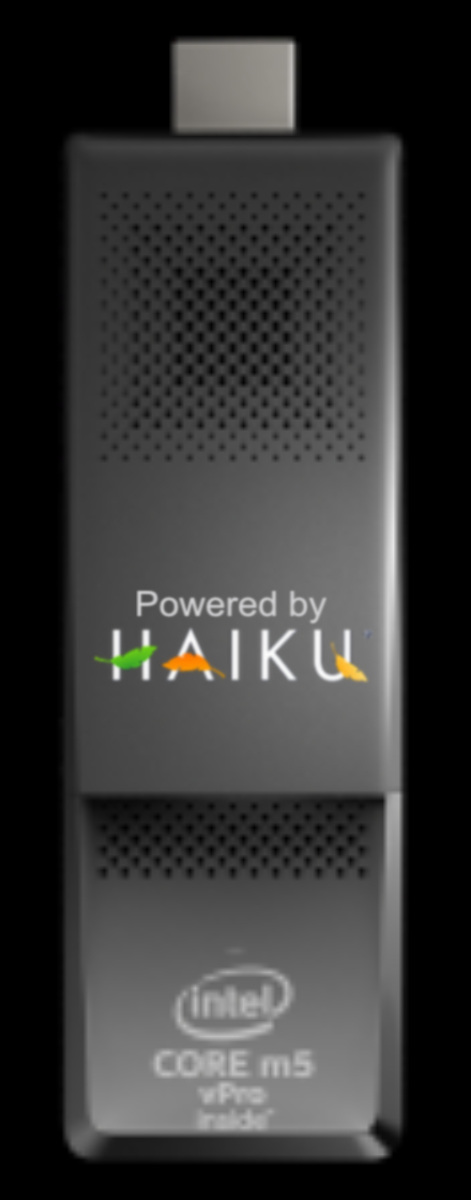ARM yes, SBC definitely, Pi not so much so.
Pi has RiscOS (and I’m old enough to have been one of the very first people to see it in action because… well, never mind that ancient history). RiscOS is a product of its time, it’s quirky, fast and largely stuck in the past. POSIX is a more acceptable standard and there’s a LOT more software out there in the FOSS space that’s easy to port. This is where Haiku shines. My jaw hit the desk when I scrolled through the software list and saw so many old friends: Blender, LibreOffice, Transmission, Krita and so many more!
Pi is powered primarily by GNU+Linux with all the baggage and irascible developers that brings. As someone else noted on YouTube, the Linux kernel has been on the go for decades now and is just getting larger, not better. In some respects (yes SystemD, I’m looking at you) it’s gone downhill and lost the plot. *Nix software is supposed to do one thing and do it well. That makes it easier to debug and less prone to crashing. Linux people (I know because I am one) can be like a cult. Not unlike Mac people. If it’s not GNU+Linux, it’s not worth their time. This is probably why the FreeBSD port has stalled.
I believe there are other boards out there that are completely open hardware. Here’s one I have (and do) use. It serves as a private FTP server for my workgroup which are scattered around the country and saves us having to load stuff onto servers controlled by Google or Amazon.
It’s not a well-made board (at least mine wasn’t) but it’s been reliable so far. The metal case looks like it was designed by someone in their spare time but it works.
The point to all this is if we can stop looking at the RPi which is a popular, but ultimately highly restrictive SBC, we might be able to see Haiku make a real impact. Luckily there are Atom-based SBCs coming onstream too now - Intel has its own line of little computers (ComputeStick) that simply plug into your HDMI port and run from there.
Now that’s an ideal platform for Haiku to shine. Right now it’s either an empty do-hickey or Windows 10 which is useable but prone to Microsoft’s every whim.
I’d happily set up a shop and sell branded Haiku sticks all day long and if anyone is willing to join me please do. There isn’t a market there - but there’s one to be created. The sheer speed of Haiku compared to Windows or the Linux kernel with it’s broad appeal (which is why Microsoft crushed BeOS) and simple, single-user setup is ideal for these tiny PCs.
People are familiar with Windows 10 but having to log in is a bind. Haiku is a perfect OS for single computers the way the designers of the original personal computer (Commodore, with the foolishly named – personal electronic transactor or PET) and IBM with it’s PC.
You didn’t log in, you switched on and you got cracking. Logging in is for multi-user systems and unless security is a major consideration that’s where it should stay. The very term “logging on” comes from the idea that everyone was tracked in case something went pear-shaped, audited for processor times, etc.
Compute sticks and similar products are idea and you just chuck them in a shirt pocket! I’ve done a very rough mockup of what this might look like and I hope everyone would agree this could be seriously cool!
